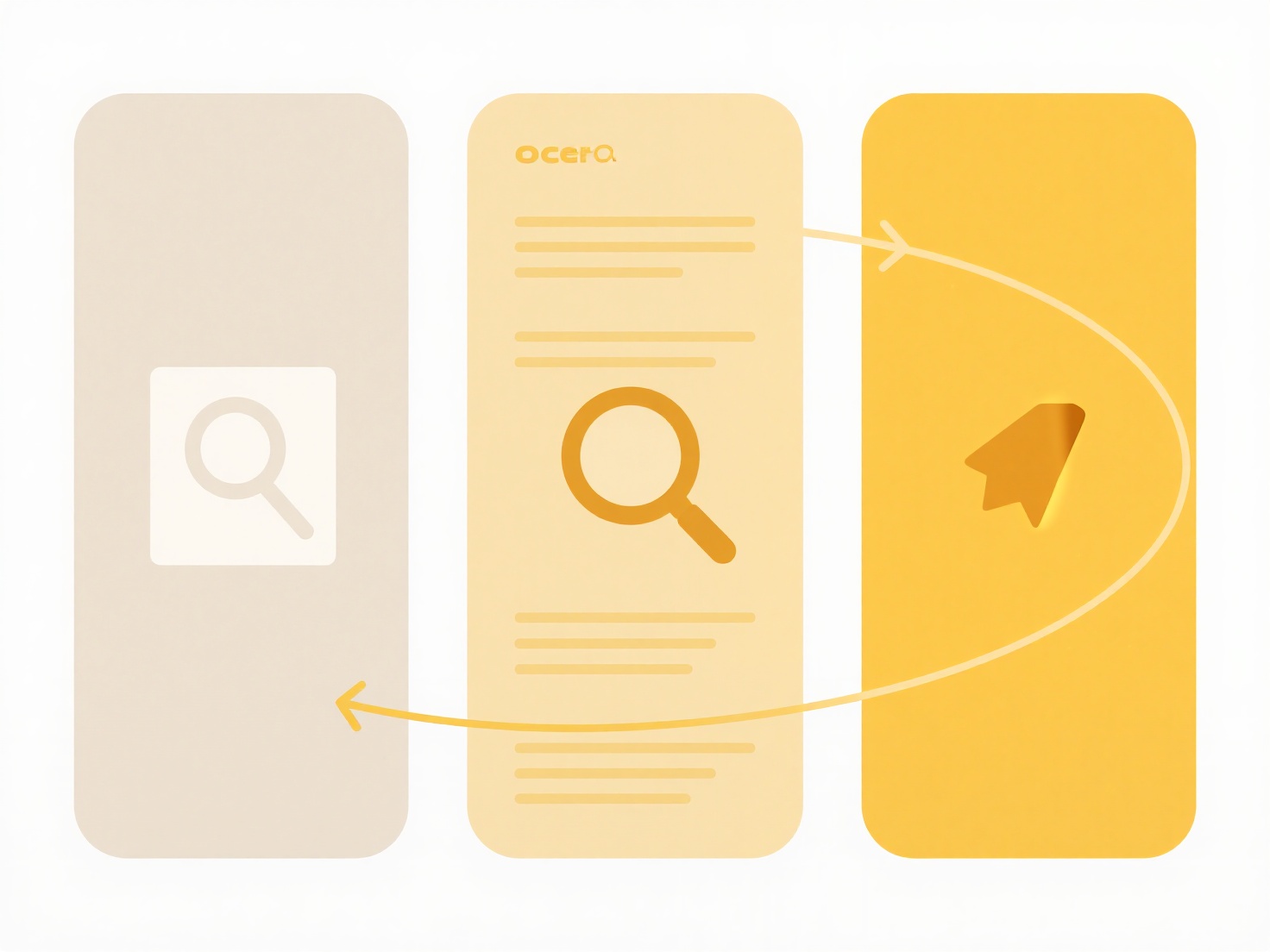
Comparing file versions between cloud and local folders involves identifying differences between the copies stored on your computer and those residing on a remote server accessed via the internet. Cloud storage services like Dropbox or Google Drive continuously synchronize changes between these locations. However, this sync isn't instantaneous or perfect. Differences arise when you edit files offline, when conflicts occur from simultaneous edits, or if sync encounters errors. Comparing allows you to see precisely which file (cloud or local) has the more recent changes or different content.

A common example is collaborating on a document offline: you work on your laptop (local folder), while a colleague edits the cloud version via a web browser. Comparing versions reveals both sets of changes before merging. Developers also frequently compare local project files with their cloud-hosted repository backups (like on GitHub or Azure DevOps) to track changes made offline before pushing an update, ensuring conflicts are resolved beforehand.
This process mitigates data loss and overwrite risks. While built-in sync tools within cloud desktop clients offer basic conflict warnings and version history browsing, they often lack robust side-by-side comparison features for complex changes. Dedicated file comparison tools or IDE plugins offer more granular analysis (line-by-line diffs). A key limitation remains reliance on sync completion and cloud access to view the latest server versions. Manual verification, especially before overwriting, remains crucial despite automation.
How do I compare file versions between cloud and local folders?
Comparing file versions between cloud and local folders involves identifying differences between the copies stored on your computer and those residing on a remote server accessed via the internet. Cloud storage services like Dropbox or Google Drive continuously synchronize changes between these locations. However, this sync isn't instantaneous or perfect. Differences arise when you edit files offline, when conflicts occur from simultaneous edits, or if sync encounters errors. Comparing allows you to see precisely which file (cloud or local) has the more recent changes or different content.

A common example is collaborating on a document offline: you work on your laptop (local folder), while a colleague edits the cloud version via a web browser. Comparing versions reveals both sets of changes before merging. Developers also frequently compare local project files with their cloud-hosted repository backups (like on GitHub or Azure DevOps) to track changes made offline before pushing an update, ensuring conflicts are resolved beforehand.
This process mitigates data loss and overwrite risks. While built-in sync tools within cloud desktop clients offer basic conflict warnings and version history browsing, they often lack robust side-by-side comparison features for complex changes. Dedicated file comparison tools or IDE plugins offer more granular analysis (line-by-line diffs). A key limitation remains reliance on sync completion and cloud access to view the latest server versions. Manual verification, especially before overwriting, remains crucial despite automation.
Quick Article Links
Can I use file naming rules to organize photos or media files?
Can I use file naming rules to organize photos or media files? applying customized naming rules is an effective metho...
How do I search for synced files only (cloud vs local)?
Synced files are items stored both locally on your device and in cloud storage like OneDrive, Google Drive, or iCloud Dr...
Why do attachments open as blank files?
The term refers to files that display no visible content when opened, despite appearing intact. This often occurs due to...